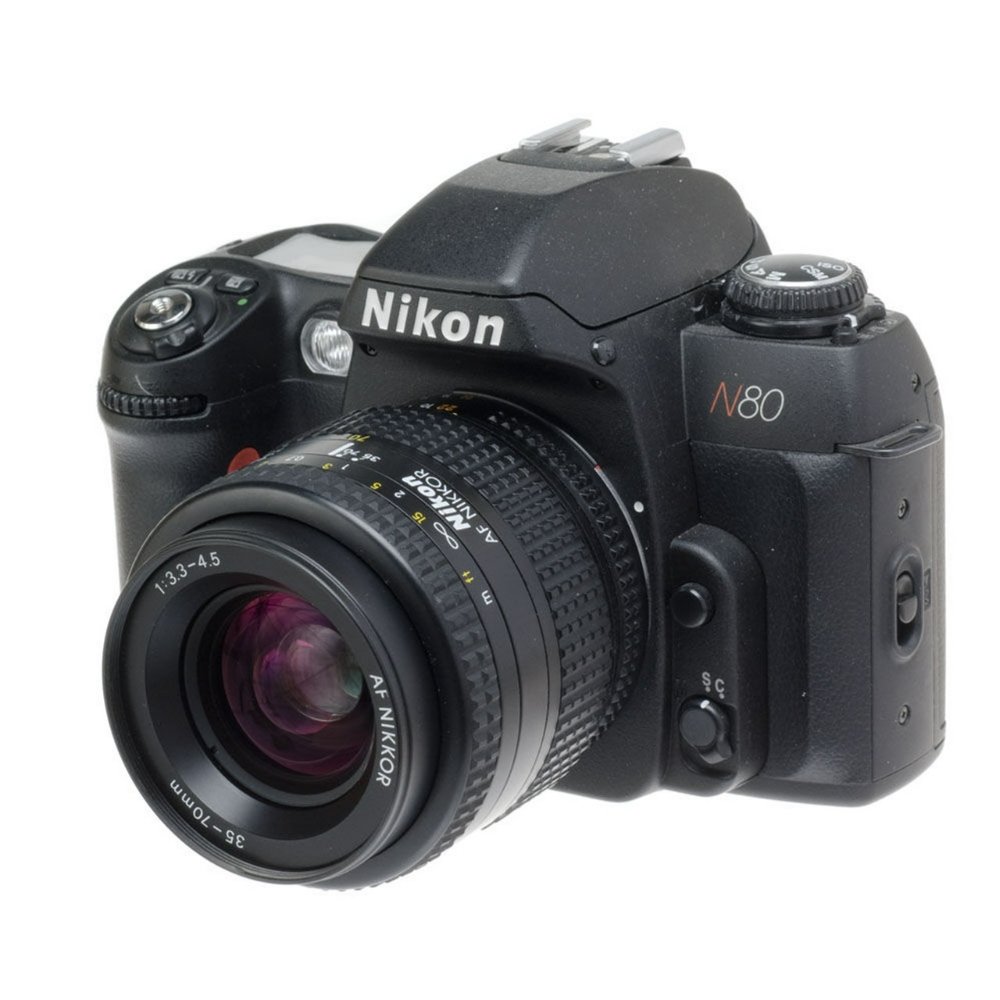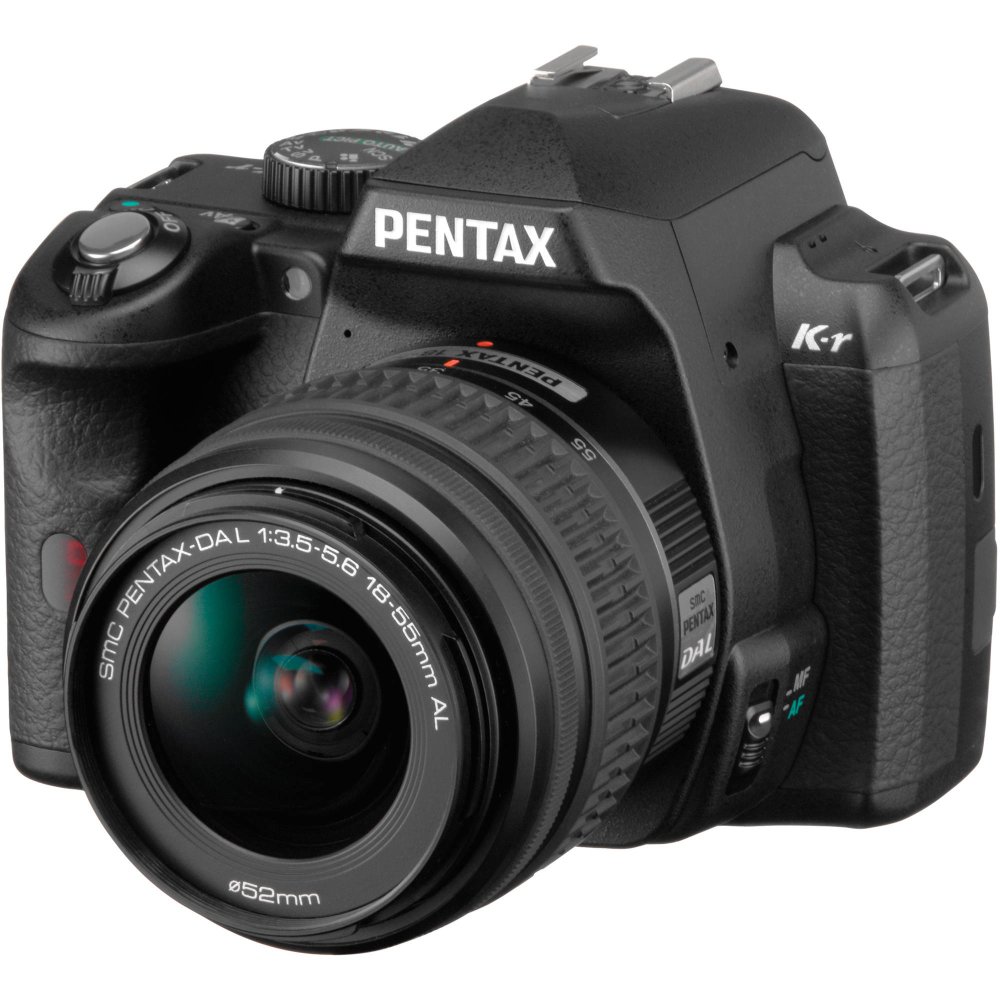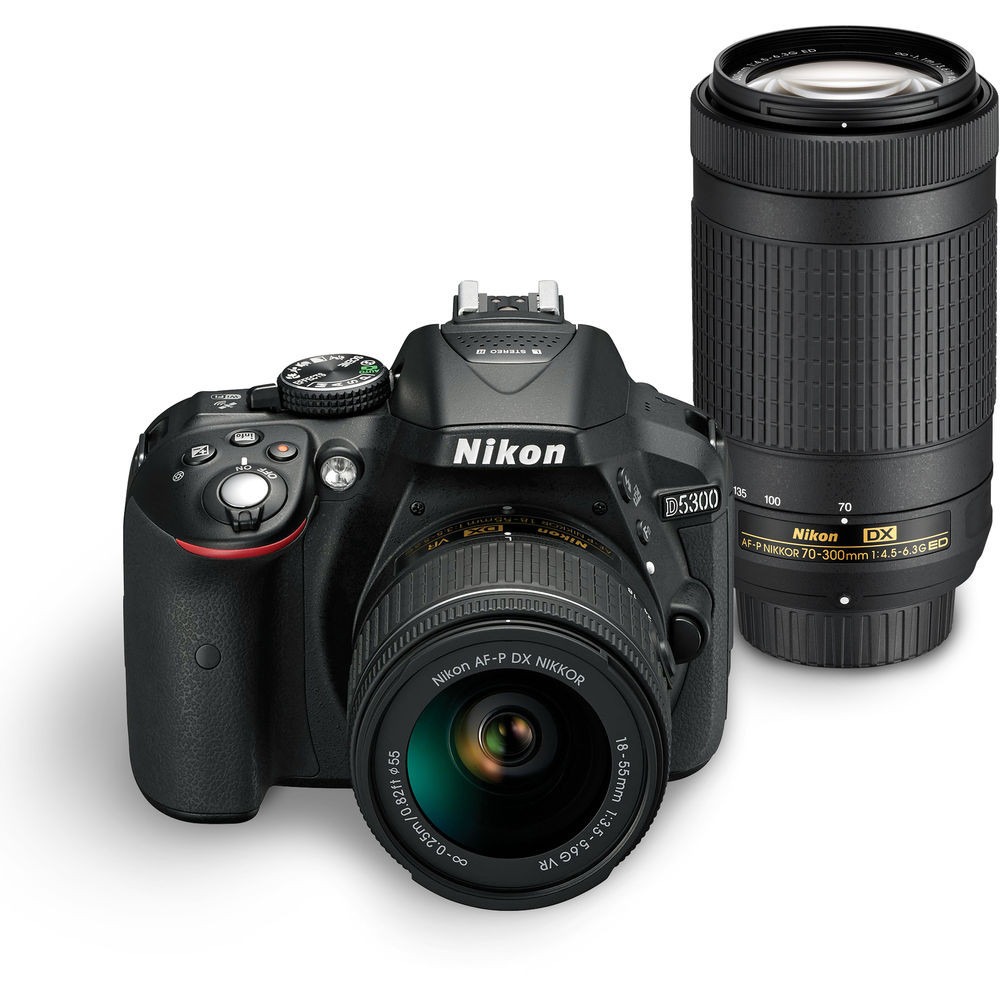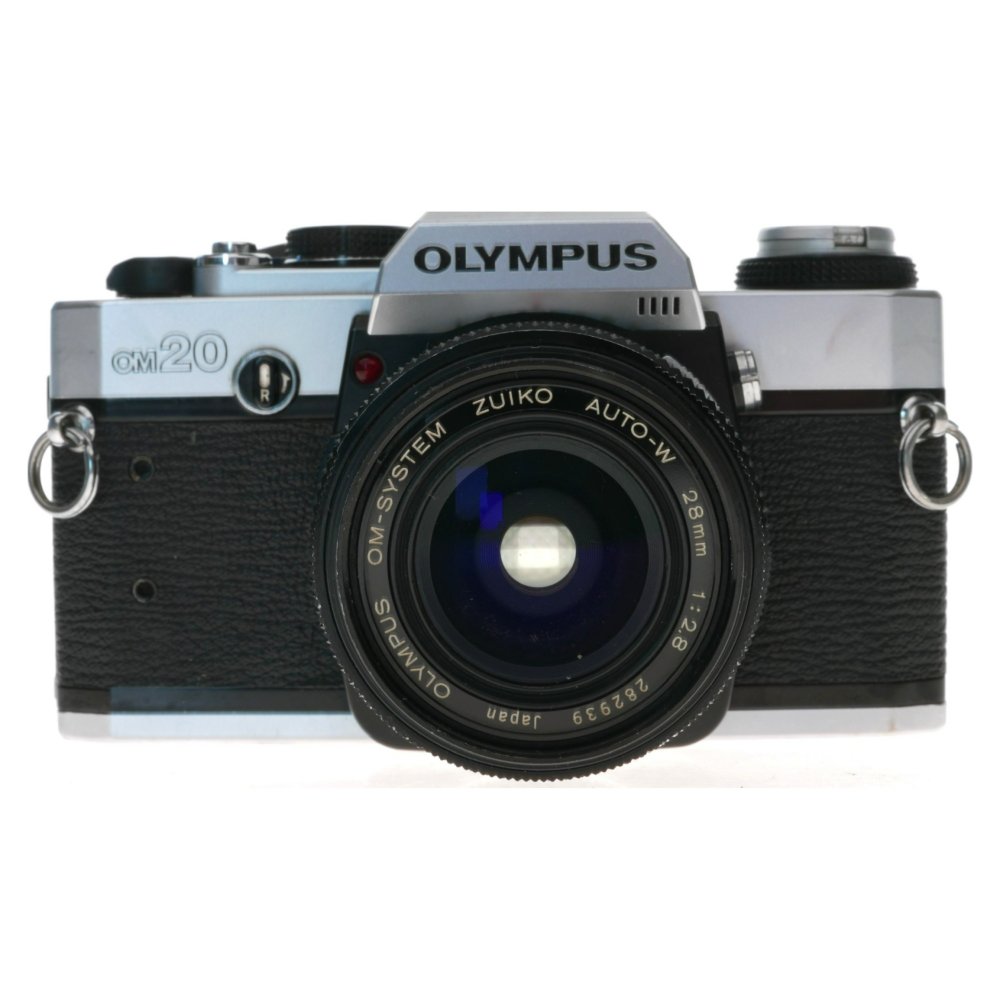Common Camera Lens Issues and Troubleshooting
Dealing with camera lens issues can be frustrating. Luckily, with a few tips, you can often identify and resolve common problems. Here are typical camera lens troubles and how to troubleshoot them:
- Dust and Debris: If your photos look dusty or have spots, your lens might be dirty. Use a soft brush or air blower to gently remove particles.
- Scratches on the Lens: Minor scratches might not affect image quality. However, significant scratches need professional attention. Use a lens protector to prevent future scratches.
- Fungus Growth: Humidity can lead to fungus inside the lens. If you notice haze or spider-web patterns, seek professional camera lens repair services.
- Lens Error Messages: If your camera displays an error message, try cleaning the contacts with a soft, dry cloth. Reattach the lens and restart your camera.
- Autofocus Issues: Sometimes the autofocus might not work properly. Check if the lens and camera switches are set to autofocus mode. Clean the contacts if the problem persists.
- Image Stabilization Problems: In case your photos are blurry, your lens’ image stabilization might be off. Ensure it is turned on, or try using a tripod for better stability.
Remember, some issues might look simple but can lead to further damage if mishandled. If basic troubleshooting does not fix your problem, consider getting a professional camera lens repair service. Keep in mind, delicate components require expert hands for proper care and repair.

The Basics of Camera Lens Anatomy
Understanding the anatomy of your camera lens is crucial for effective repair and maintenance. Knowing the different parts helps you identify issues quickly. Here’s a basic breakdown of camera lens components:
- Lens Cap: Protects the lens from scratches and dust when not in use.
- Filter Threads: Allow attachment of filters and lens hoods, which can prevent accidental damage.
- Focus Ring: Adjusts the lens focus manually. It’s essential for precise focusing.
- Zoom Ring: Changes the focal length of zoom lenses. It makes it possible to get a closer view without moving.
- Lens Mount: The point where the lens connects to the camera body. It must be kept clean for proper communication.
- Glass Elements: The internal lenses that focus the light onto the camera sensor. Be cautious as they can get damaged easily.
- Aperture Blades: Control the amount of light entering the lens. They must function smoothly for the best image quality.
Each part plays a role in image capture and sharpness. Handle all parts with care during camera lens repair to avoid causing more harm. If you’re unsure, consult the manufacturer’s guide or contact a professional. Proper knowledge of lens anatomy assists in early detection of issues and successful repairs.
Necessary Tools for DIY Lens Repair
When attempting to repair a camera lens on your own, having the right tools is essential. Proper tools not only make the process easier, but also help prevent further damage to the lens. Here is a list of necessary tools you’ll need for DIY camera lens repair:
- Lens Cleaning Kit: A kit usually includes a soft brush, microfiber cloth, and lens cleaning solution to remove dust and fingerprints.
- Air Blower: A tool to blow dust off the lens without touching the surface.
- Screwdrivers: Precision screwdrivers of various sizes to open the lens casing and adjust small components.
- Tweezers: To handle and place small screws and parts.
- Lens Spanner Wrench: Used for adjusting and opening certain parts of the lens that require a specific tool.
- Lens Tissue: Specially made for cleaning optical components without leaving residue or scratches.
- Rubber Gloves: To handle the lens and avoid fingerprints or transferring oils from your hands.
- White Gloves: Ideal for handling lens elements without leaving smudges.
- Isopropyl Alcohol: Helps clean electronics and grease off the lens contacts.
These tools can help you address some common camera lens repair tasks. However, always exercise caution when handling delicate lens parts. If you’re unsure about any repair step or you sense the issue is severe, it’s best to seek professional camera lens repair services. DIY repairs carry a risk of further damaging the lens, so assess your skills and the lens condition honestly before proceeding.

Step-by-Step Guide to Cleaning and Maintaining Your Lens
Proper cleaning and maintenance are key to keeping your camera lens in top condition. Here is a simple, step-by-step guide to help you clean and maintain your lens effectively:
- Gather Your Tools: Before you start, make sure you have all your cleaning tools handy. This includes a lens cleaning kit, air blower, lens tissue, and isopropyl alcohol.
- Remove Dust First: Use the air blower to gently blow away any dust on the lens surface. Avoid touching the lens with your fingers.
- Clean the Lens Surface: Apply a few drops of lens cleaning solution to a lens tissue. Gently wipe the lens in a circular motion, starting from the center and moving outward.
- Wipe off Grease or Fingerprints: If there are stubborn marks, use a clean microfiber cloth with a bit of isopropyl alcohol. Rub lightly until the marks disappear.
- Clean the Lens Edges: Use a soft brush to clean around the edges where dust often collects.
- Inspect the Lens: After cleaning, look for any remaining spots or debris. Repeat the cleaning process if needed.
- Maintenance Checks: Regularly check for issues with the aperture blades and focus ring. If they don’t move smoothly, consider seeking professional camera lens repair.
- Store Properly: When not in use, keep your lens capped and store it in a dry, dust-free place to prevent damage.
By following these steps, you’ll help to ensure your lens remains clear and functional, allowing for sharp images every time you shoot. Remember that camera lens repair can be delicate work; don’t hesitate to consult a professional if you’re unsure about any aspect of the maintenance process.
Professional vs. DIY Repair: What You Need to Know
When facing camera lens issues, you might ponder whether to attempt DIY repair or to seek professional help. Understanding the pros and cons of each choice is vital for your camera’s longevity.
DIY Repairs:
- Cost-Effective: Handling repairs yourself can save money on labor costs.
- Immediate Solution: You can fix the problem immediately, without waiting for professional service.
- Learning Experience: It’s a chance to understand your equipment better.
However, DIY repairs require a confident skill set and the right tools. If you’re not careful, you might cause further damage, leading to more expensive repairs or even the need for a replacement lens.
Professional Repairs:
- Expertise: Professionals have the skills and experience to diagnose and fix complex issues.
- Proper Tools: They possess the specialized tools and parts needed for precise camera lens repair.
- Guarantee: Work is often guaranteed with a warranty.
Professional repair ensures that intricate repairs are handled correctly but can be more costly and take more time due to shipping and service schedules.
In summary, weigh the severity of the lens issue, your own repair skills, and the potential risks involved in DIY camera lens repair. For minor issues like cleaning or simple adjustments, a DIY approach can be sufficient. But for serious malfunctions, especially those involving internal components, it’s wise to seek professional help. This choice safeguards your lens and ensures that it continues to take high-quality photographs.

Tips for Preventing Lens Damage in the Future
Preventing camera lens damage is often easier and more cost-effective than camera lens repair. Here are essential tips to help protect your lens and extend its life:
- Use Lens Caps: Always cap your lens when not in use. This protects it from scratches and dust.
- Handle with Care: Be gentle when changing lenses. Rough handling can harm the lens mount and glass elements.
- Avoid Touching the Glass: Fingers can leave smudges and oils. Use a lens brush or air blower instead.
- Use Lens Filters: Filters safeguard the lens surface and are easier to replace if damaged.
- Keep It Dry: Moisture can cause fungus. Store your lens in a dry place and use silica gel packets for moisture control.
- Check for Sand and Grit: Before putting on caps or filters, check for sand or grit that could scratch the lens.
- Maintain Regular Cleaning: Schedule routine cleaning sessions to ensure your lens stays in optimal condition.
- Invest in a Padded Camera Bag: A good bag protects your camera and lenses from shocks and bumps during transport.
Implementing these tips can significantly reduce the likelihood of damage, keeping your lens in good shape for years to come. Remember, prevention is key to avoiding the need for camera lens repair.
When to Seek Professional Help for Camera Lens Repair
While DIY camera lens repair can be rewarding, some situations require professional attention. It’s crucial to recognize when a problem is beyond your expertise to avoid causing further damage. Here are indicators that it’s time to seek professional help:
- Persistent Error Messages: If error messages continue after troubleshooting, a deeper issue may exist.
- Severe Autofocus Problems: When cleaning contacts doesn’t resolve autofocus issues, the internal mechanics might be faulty.
- Broken Elements: Cracked or broken glass elements cannot be fixed at home. They need professional replacement.
- Fungus Growth Inside the Lens: Cleaning external fungus is possible, but if it’s inside, it requires disassembly by experts.
- Malfunctioning Aperture Blades: Sticking or slow aperture blades suggest internal problems that need specialized tools.
- Image Quality Degradation: When images are consistently blurry or distorted, and cleaning hasn’t helped, internal lens alignment might be off.
In these cases, a camera repair service offers the expertise and equipment needed to ensure your lens is restored to its optimal condition. Remember that attempting complex camera lens repairs without the necessary knowledge can lead to irreversible damage. Protect your investment by relying on professionals for these intricate issues.
